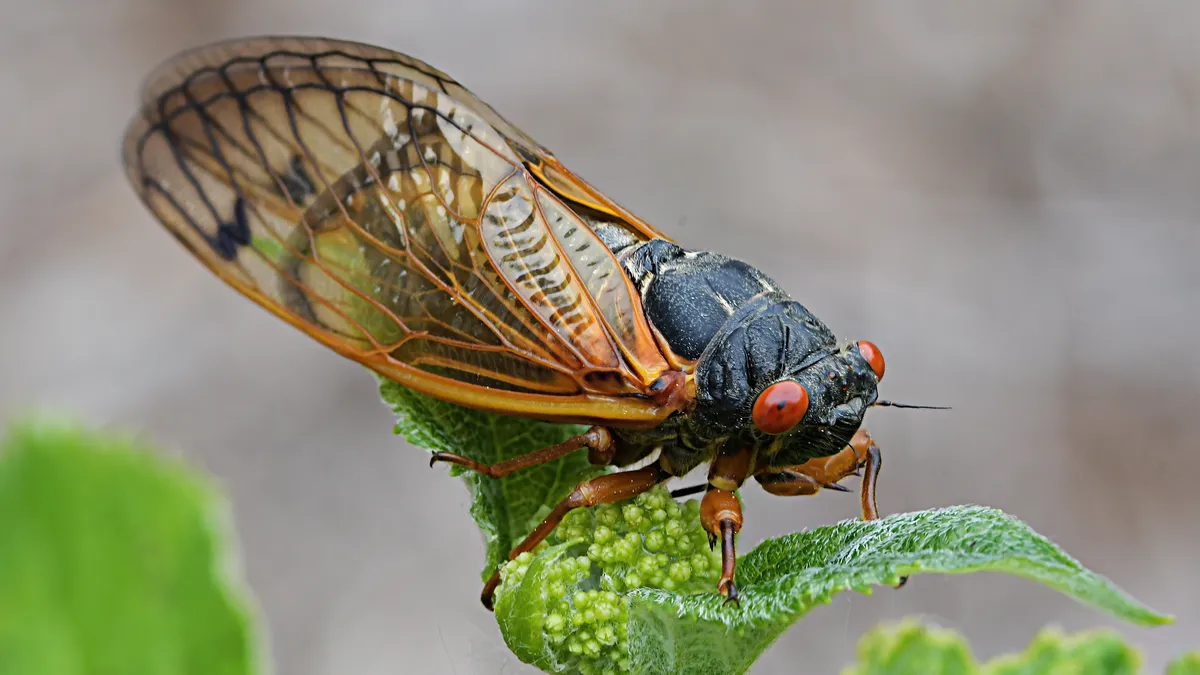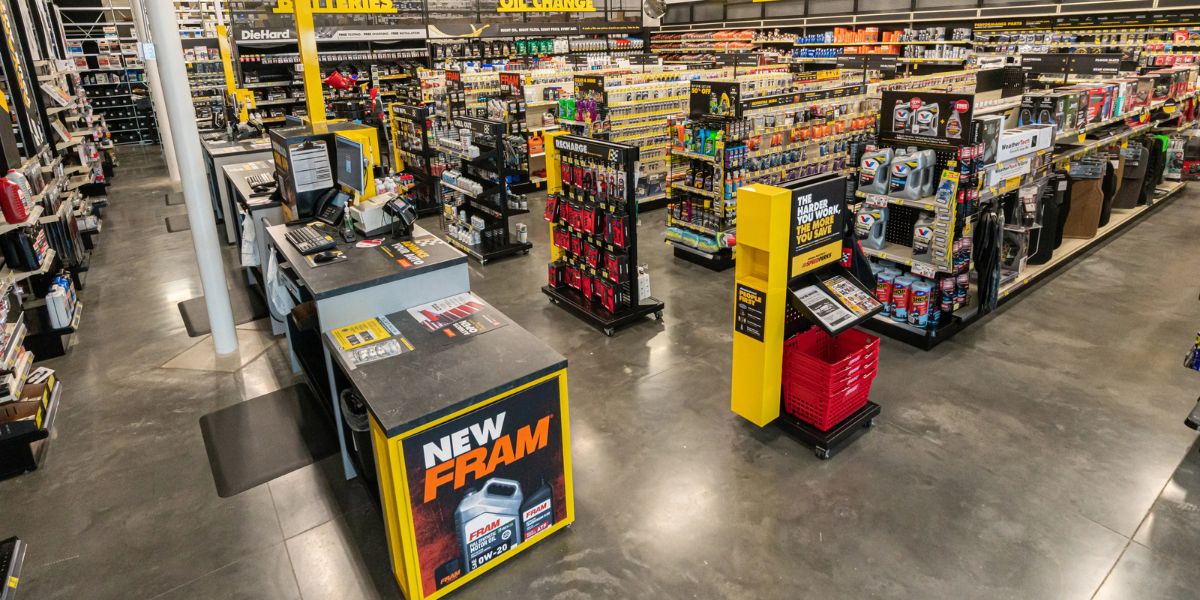The summer of 2024 in Illinois has been defined by a remarkable natural event: the simultaneous emergence of two major periodical cicada broods, a phenomenon unseen in over 220 years. This dual emergence of Broods XIII and XIX has painted the landscape with buzzing cicadas, marking a memorable chapter in the state’s natural history.
Allen Lawrance, associate curator of entomology at the Peggy Notebaert Nature Museum in Chicago, distinguishes between Illinois’ periodical cicadas and its annual “dog day” cicadas. While periodical cicadas emerge in synchronized masses every 13 or 17 years, annual cicadas make their appearance annually, typically in July, August, and September. These annual cicadas, larger and greener than their periodical counterparts, are known for their robust calls that resonate across Illinois’ summer landscape.
Lawrance explains that while individual annual cicadas may be louder, the sheer numbers of periodical cicadas create a louder collective song. This summer, billions of periodical cicadas have filled the air with their distinctive buzzing, leaving behind characteristic piles of discarded exoskeletons on trees and surfaces where they have fed on fluids from branches and woody shrubs.

As the periodical cicadas complete their life cycle, the stage is set for the annual emergence of “dog day” cicadas. Unlike periodical cicadas that emerge in spring when soil temperatures reach 64 degrees Fahrenheit, annual cicadas emerge during the peak heat of summer, aptly known as the “dog days.” Despite the departure of periodical cicadas, Illinoisans can expect to encounter these annual cicadas, which play a crucial role in the ecosystem by pruning trees and providing food for predators.
Beyond the natural spectacle, Illinois is witnessing developments in cicada research and observation. Researchers like Gene Kritsky highlight the upcoming phase of cicada life cycles: the hatching of periodical cicada eggs. This event, occurring six to ten weeks after eggs are laid, rarely offers a glimpse to observers. However, under optimal conditions, observers in Chicago may witness nymphs emerging from trees, illuminated by the sun at precise angles.
SEE ALSO:
- After 420 Days in Shelter, Midwest Dog Finds Forever Home
- NCAA Council Votes to Remove Cannabis from Banned Drug List, Lifts Coaching Restrictions
With trees potentially harboring up to 40,000 eggs from recent emergences, the cyclical nature of cicadas continues to fascinate and educate researchers and residents alike. As Illinois transitions from the grand emergence of Broods XIII and XIX to the quieter presence of annual cicadas, the “summer of cicadas” remains a testament to the intricate rhythms of nature and ongoing scientific discovery.





